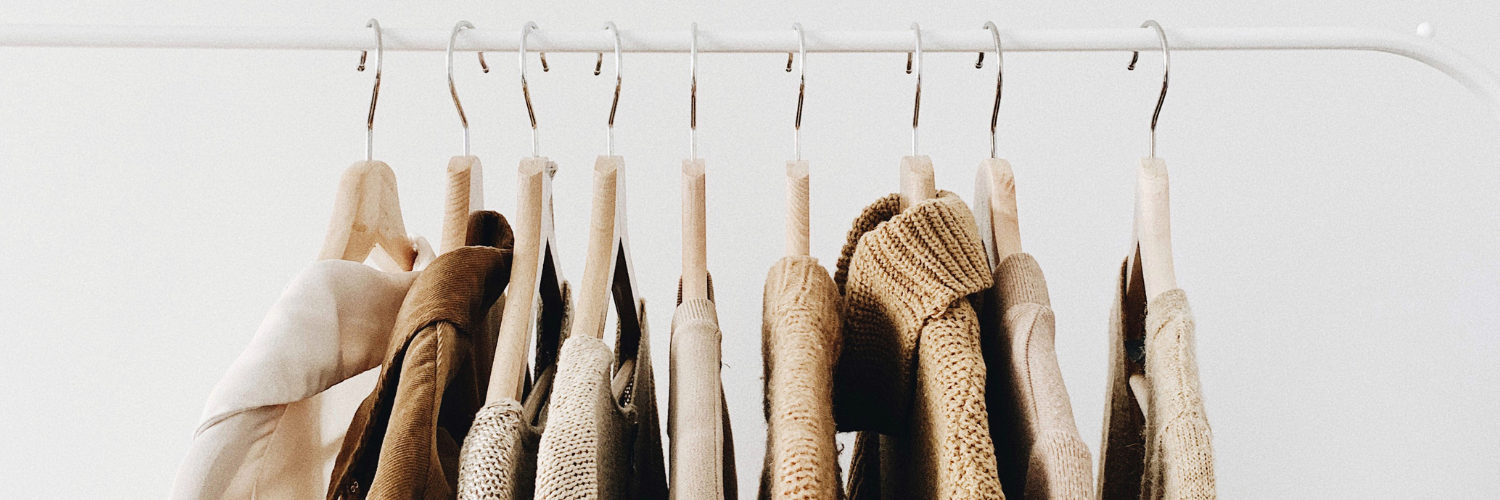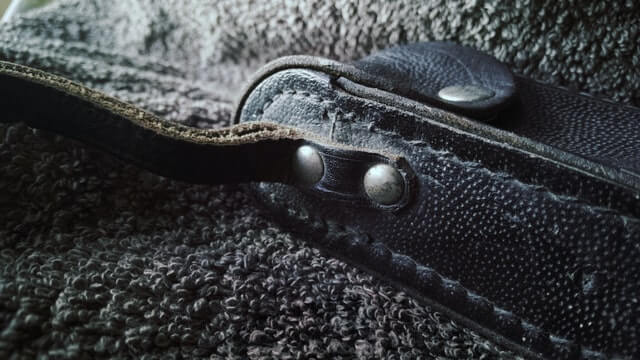Splurge vs Save Fashion
In a time when clothing from all different brands and price points is at your fingertips, how do you decide on splurge vs save fashion? You probably have some idea of what you’re comfortable spending on various types of clothing. But how do you know if your price points make sense? What you deem as an appropriate price per item is most often determined by your prior spending habits. Now, let’s take a moment to discuss when it makes sense to spend a little more on your clothing.
Before we dive into things, consider your typical spending habits. What do you usually spend on casual tops, jeans, work clothing, and shoes? Do you spend more if it is a special occasion piece? What differences in quality do you notice within your wardrobe? Have you ever regretted splurging on an item and why? Jot your answers down and let’s look at these behaviors critically. Strategic spending will make you feel more confident in your purchases and save you money in the long run.
Based on Item Type
The first approach you can take when deciding to splurge vs save on fashion is to consider the type of item. There are certain pieces that you want to ensure are especially good quality because they need to withstand a lot of wear and tear. The prime example here is shoes.
Shoes
Their soles touch rough surfaces, they repeatedly pound against the ground when you walk, and they’re subjected to damaging elements like rain and snow. It may feel counterintuitive to invest more money in an item that you know will get damaged in this manner. However, it’s in your best interest to pay a little more for your shoes. A poor-quality shoe will fall apart after just a few wears, leaving you to replace them constantly. You’ll end up spending more money in the long run.
Outerwear
You should also invest a little more in outerwear. The first reason for this is the same as before: jackets and coats need to hold up after being damaged by high-impact wear. Low-quality fabrics can be quickly damaged by exposure to moisture and pollution. The second reason is that outerwear is utilitarian, and high-quality options tend to be better at fulfilling your practical needs. For example, cheap puffer coats will skimp on filling and be made of less-insulating materials overall. There’s no sense in buying a coat that hardly keeps you warm; save up for a high-quality alternative that will keep you warm for years to come!
If you’re splurging on these functional items, you will need to save money somewhere else in your wardrobe. I suggest saving your money on trendy items. You may love the puff sleeve trend and make this look part of your regular outfit rotation this season, but chances are, the trend will fade off and you’ll grow tired of it over time. Then, you’ll be stuck with a bunch of items that you’re bored with and a wardrobe that needs to be overhauled once again. Instead, build a timeless wardrobe and filter in a couple of affordable trendy items each season to keep you inspired.
Costume Jewelry
Another item to save money on is costume jewelry. By nature, costume jewelry is made of affordable metals and stones that aren’t designed to last a lifetime. There is still a range of quality in costume jewelry, of course, but overall, these pieces should only be expected to stay in your wardrobe for a few years. They are not heirlooms. Costume jewelry also tends to be trendier in design to suit its shorter lifespan, which doubles your justification for saving.
Based on Occasion
Another consideration in deciding when to splurge vs save on fashion is where and when you plan to wear the pieces. Will it be an everyday piece for work, something you wear on the weekends, or part of a special occasion look? The more wear you get out of an item, the more worthy it is of investing in. Sounds reasonable, right? Still, we may scoff at the price of essential layering pieces like solid tanks, white button-downs, and the like. They don’t feel “special” enough for us to spend money on. Instead, we may be tempted to shell out more money on a cocktail dress or embellished heels that we’ll only wear a few times because they have a greater emotional pull.
Spend More on High-quality Essentials
I recommend spending more on high-quality essentials that you’ll wear several times a week. These may be timeless pieces like a great blazer if you work in an office. They might be solid tops and a classic loafer for a transitional wardrobe. Consider your lifestyle and what you see yourself wearing day to day. High-quality basics will make it easier to get dressed in the morning because they will fit you better and look more polished with any pairing. And, you won’t have to replace them as often. You probably have more important ways to spend your time than looking for replacement basics every few months, anyway! Invest a little more in these pieces once and you’ll be able to wear them for years.
By the same principle, there is no reason we need to spend a lot on pieces we will only wear a few times. The inflated cost per wear of the item would make it a bad investment. But we don’t always want to buy pieces that look cheap for these special occasions; they’re memorable events and could land in a photo album. You will want to feel your best even if you’re on a budget.
To solve this dilemma, get creative. Buy a simple little black dress that can be accessorized for a range of events in years to come. Buy used – the dress has likely only been worn a couple of times and will be significantly discounted! And finally, consider renting the item. Many people don’t know that there is a booming rental market for special occasion pieces that you will only wear once. You can find beautiful, unique designer pieces to wear for your event at upwards of 70% off. It’s the perfect compromise to ensure you have a look you love without worrying about the return on your investment.
Based on Item Quality
We’ve discussed what kinds of items you should spend your hard-earned money on. Now, let’s consider the items themselves. A price tag is not always an accurate reflection of the quality of an item. To be an informed consumer, look for these characteristics when deciding to splurge vs. save on fashion.
In general, you are looking for indications of how well the item will hold up over time and use. This will inform the cost per wear of the item. For shoes, handbags, and accessories, look for the following signs of sturdy construction: stitched leather – not glued – on soles of shoes, metal feet at the bottom of handbags to protect them from premature wear, dyed leather instead of a painted color that may chip, and metal embellishments that lay flush in the base.
For clothing, scarves, and other textiles, there are additional details you can look for. High quality is indicated by strong stitching without any loose threads, stretch recovery for jeans and other pieces containing elastic, and even dye throughout the garment. These details tell you that the manufacturer took care in constructing the item and it probably won’t fall apart in the wash. These characteristics are typical in higher price point items, but they can certainly be found in affordable pieces, too. Examine clothing before you buy it if possible! If shopping online, look at reviewer photos and comments to assess quality issues.
Wrap Up
A major part of building a wardrobe that you love is practical for your lifestyle and budget and is easy to maintain centers around making smart investments. Find quality pieces to build the foundation of your wardrobe. Don’t over invest in pieces you won’t wear often or are overly trendy. Instead, be open to spending a little more on items that need to be high quality due to frequency of use and exposure to harsh elements.
In addition to strategizing about splurge vs save fashion, it’s important to take care of your items to ensure their longevity. Read more about how to preserve your favorite pieces and check out other fashion resources on our blog. Looking for more hands-on guidance on how to wisely invest in your wardrobe? Schedule a shopping appointment with us this spring – we’d love to help you pick out the pieces that are worth your money.




